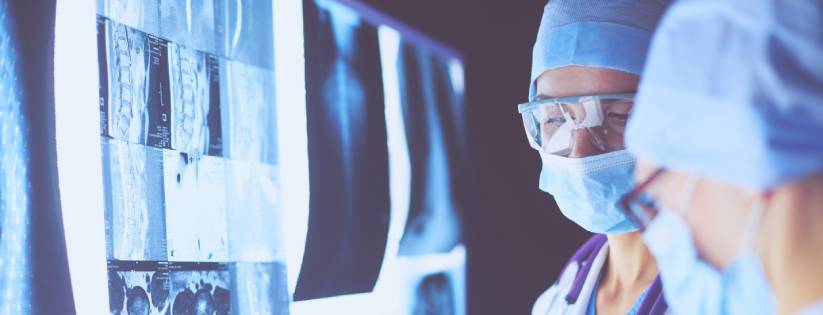Too often, radiology practices lack a technology-driven approach to patient access and the revenue cycle management (RCM) function. Once a claim reaches the AR unpaid, the likelihood of collection becomes less and less guaranteed. It is estimated that as much as 5% of bottom-line revenue is missed or abandoned simply from avoidable mistakes or exclusions.
To remain competitive in the 2020s, radiology practices strengthen the entire healthcare payment lifecycle from initial patient encounter through final payment. By enlisting artificial intelligence (AI) and machine learning technologies, the process becomes more automatic with human error removed while also becoming less burdensome.
What Causes Problems or Delays in Reimbursement?
Whether a stand-alone imaging center or a hospital-based radiology department, the technical reasons for denials are mostly the same, including:
- Missing insurance verification
- Timely filing
- Claim errors
- Incomplete prior authorizations
- Inaccurate coding
- Missing documentation
- Incomplete or missing CDSM certificates that will require forfeited payment after January 2022
Two Automated Best Practices During Patient Access
1. Prior Authorizations
As documented in the 2019 CAQH Index – Conducting Electronic Business Transactions, only 13% of prior authorizations are fully automated. That means that practices industry-wide are spending unnecessary time faxing, waiting on hold, and manually re-submitting prior authorizations and spending several hours to several days (or weeks in some cases) waiting for approval.
With automation and an AI-driven prior authorization solution, the entire process becomes automated and tied to a practice’s EHR/EMR and RIS systems through HIPAA-compliant HL7/API integration. As requests and referrals are received, the software is able to automatically determine if a preauthorization is required, or not, in real-time for imaging procedures. From there, the prior authorization would be monitored and follow-up provided 24/7, as needed. Scheduling staff would be notified when the prior authorization is complete so that patients could be proficiently scheduled with far less inefficiency and rescheduling required.
2. Clinical Decision Support Mechanism (CDSM)
Beginning in 2020, CDSM compliance certificates are recommended for all Medicare patients’ advanced imaging tests/procedures by the Centers for Medicare and Medicaid Services (CMS) in keeping with the PAMA regulations passed in 2014. As of January 1, 2022, the certificates will become mandatory.
While it falls to the ordering provider to utilize the Appropriate Use Criteria (AUC) to justify the test, it is the radiology revenue that is at risk without a compliance certificate being submitted with a claim. Identifying a CDSM vendor that is able to provide both reactive and proactive consults where the ordering provider accesses the radiology practice’s CDSM dashboard/portal ensures cooperative and beneficial compliance and increased revenue.
Two Automated Best Practices Post Billing
3. AR Optimization
When claims are submitted, many are paid outright—no questions asked. However, some are invariably returned for reasons, including those specified above, that must be resolved and resubmitted or risk non-payment. This process deserves full attention but is often relegated to when there is available time or as an end-of-month flurry of activity.
To optimize the entire workflow, machine learning and AI-driven software identifies issues, predicts success, and prioritizes opportunities will allow accelerated reimbursement recovery and reduce revenue leakage by eliminating write-offs. Denials are effectively worked, and monies collected.
4. Insurance Discovery
The amount of uncompensated care is on the rise and can often be traced to uninsured accounts. However, these self-pay accounts may benefit from an insurance discovery process instead of just being written off as bad debt. Through an AI-driven software and vast clearinghouses of insurance information, insurance coverage may be identified for patients that even they didn’t know existed. It has been identified that between 5 and 10% of bad debt can be captured through such a process which is not insignificant.
With the myriad of changes in the healthcare industry today, recognizing the maximum reimbursement for the services performed through advanced automation, faster liquidation, reduced aging, and higher recovery rates will pass benefits directly to the bottom line quickly
and efficiently. Then you and your organization can focus on what lies ahead for the 2020s.
Contact us to learn more about opportunities to streamline radiology AR’s!
